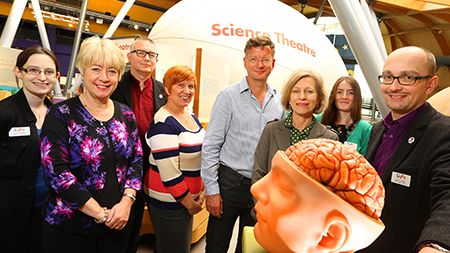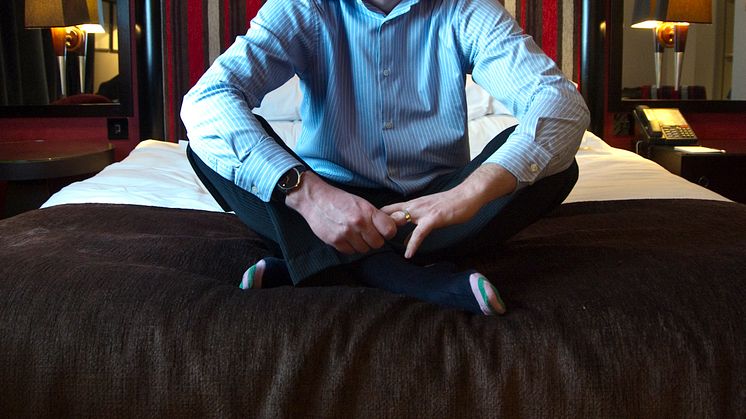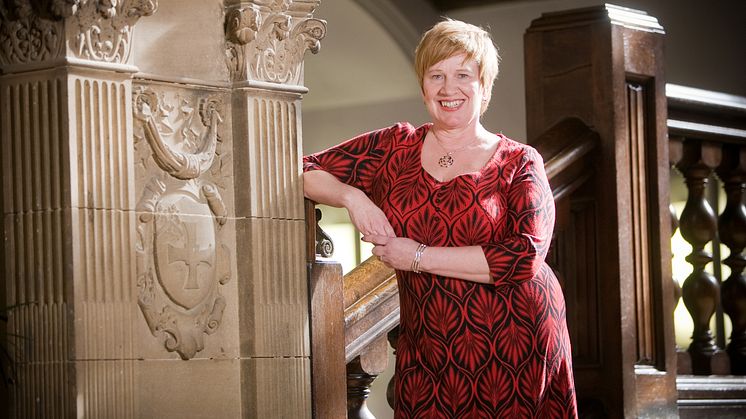
Press release -
Will your partner stay or stray?
Both men and women may be genetically inclined to be either promiscuous or faithful according to new research from Northumbria and Oxford Universities.
The study, which has just been published in the journal Biology Letters, analysed individual attitudes relating to non-committed sex and the length of the ring finger compared to the index finger.
The researchers found that both men and women were likely to demonstrate tendencies to ‘stay’ or ‘stray’ from their partner.
Professor John Manning of Northumbria University’s Department of Psychology worked with Dr Rafael Wlodarski and Professor Robin Dunbar of Oxford University’s Department of Experimental Psychology on the study. They questioned 575 North American and British people on their thoughts and feelings towards non-committed sex and then measured photocopies of the right hands of 1,314 British men and women.
With regard to attitudes towards sex, researchers found that both men and women fell into one of two groups – those of low, or restricted, sociosexuality and those of high, or unrestricted, sociosexuality.
Individuals with restricted sociosexuality favour forming exclusive and extended bonds with a partner. They prefer to be deeply emotionally committed before beginning a sexual relationship. Those with unrestricted sociosexuality tend to have very little need for emotional involvement and are content to embark on short-term relationships with multiple partners.
A consideration of the length of the ring finger in relation to the index finger also suggested that this may be a pointer to greater sexual promiscuity. Long ring fingers indicate that an individual was exposed to high levels of testosterone in the womb. In comparison to females, males tend to experience more testosterone in the womb and have longer ring fingers relative to their index fingers.
The analysis of data derived from the sociosexuality questionnaire showed that men were slightly more likely to stray, with 57% appearing to favour the unrestricted, short-term mating strategy compared to 47% among women.
However, in a similar way to sociosexuality, both men and women tend to fall into a long ring finger type or a short ring finger type. The finger ratio data also indicated a similar pattern with the long-fingered ring type more common in men (62%) than in women (50%).
This suggested that the finger ratio types may map on to the restricted and unrestricted sociosexual groups. This is believed to be the first study of its kind to provide evidence for alternative mating strategies in both men and women.
The authors point out that while it has been widely suggested that males divide into two mating types, which can be known as ‘cads versus dads’, this study is the first to suggest that a similar partition may also exist in females.
This could mean, for example, that there may be some tendency for like-with-like mating between the types. Where both partners are stable they may be less likely to divorce, whereas unstable pairings have shorter durations.
Professor Manning points out that it is important to note that cultural and environmental factors can fine-tune these underlying genetic strategies which are not completely fixed. Therefore, they may respond to local circumstances in the environment. For example, the study populations have an essentially monogamous marriage system in which pairings are of one man and one woman. Populations with ancient polygynous marriage systems may turn out to have different percentages of restricted and unrestricted mating strategies.
Professor John Manning has analysed finger length ratios for almost 20 years. As well as indicating prenatal testosterone levels, finger ratios can also indicate other conditions such as fertility, lung and heart functioning and performance in sports such as football and running.
Categories
Northumbria is a research-rich, business-focussed, professional university with a global reputation for academic excellence. To find out more about our courses go towww.northumbria.ac.uk
If you have a media enquiry please contact our Media and Communications team at media.communications@northumbria.ac.uk or call 0191 227 4571.











